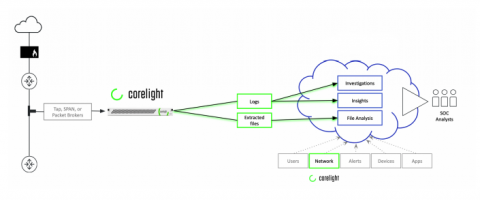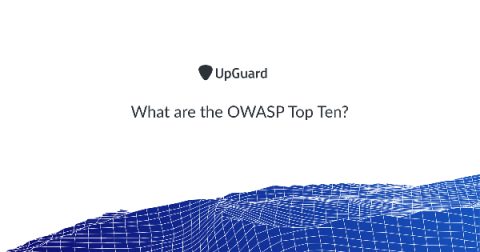What is the value of ethical hacking for businesses and society?
Mainstream media coverage of hacking often perpetuates the stereotype of hoodie-wearing hackers up to no good. For this reason, some people remain sceptical about hacking, even if it is in relation to ethical hacking undertaken by cyber security professionals.











